New York Times reports president asked top advisors if he had options to hit main Iranian nuclear sites to halt enrichment, but was warned it could lead to wider conflict
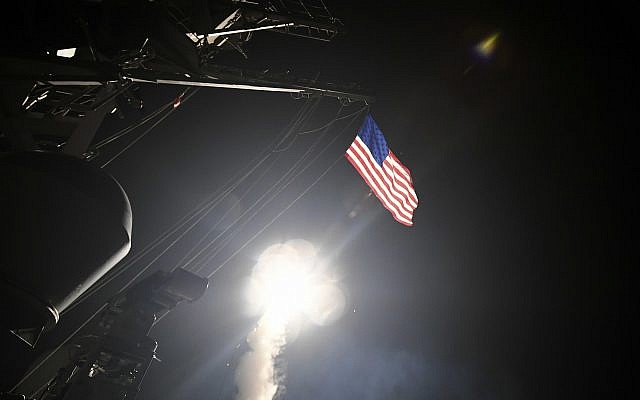
US President Donald Trump convened top advisors last week to ask if he had options to strike Iranian nuclear sites during his last weeks in office, but was dissuaded with warnings it could lead to a wider conflict, the New York Times reported Monday.
Trump convened top officials on Thursday, a day after the UN nuclear watchdog said Iran had stockpiled more than 12 times more enriched uranium than the 2015 nuclear deal allows, the Times reported, citing four current and former US officials.
Among those present were Vice President Mike Pence; Secretary of State Mike Pompeo; acting defense secretary Christopher C. Miller; and Gen. Mark A. Milley, the chairman of the Joint Chiefs of Staff, the report said.
Trump asked them how he should respond to the International Atomic Energy Agency report and what his options were. The Times said the focus of any attack would almost certainly be the heavily fortified Natanz nuclear center.
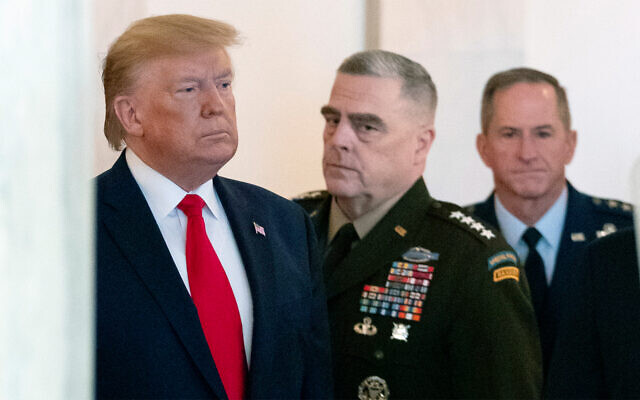
Pompeo and Miley reportedly warned that a major strike, whether with missiles or by a cyber attack, could easily escalate into a major regional conflict.
The report said they left Thursday’s meeting believing that Trump had taken a missile strike of the table, but could still be looking at a more measured response against Iran or its allies.
Trump’s most prominent attack on Iran, when the US killed top Iranian general Qassem Soleimani in a January 3 drone strike at Baghdad’s airport, resulted in a limited response from Iran.
The Pentagon has a wide-range of strike options for Iran, including military, cyber and combination plans, the NYT report said, noting that some called for direct action by Israel.
Israel has been blamed for an attack on an advanced centrifuge development and assembly plant at Natanz earlier this year. It has also been blamed, together with the US, for the Stuxnet virus that sabotaged Iranian enrichment centrifuges a decade ago.
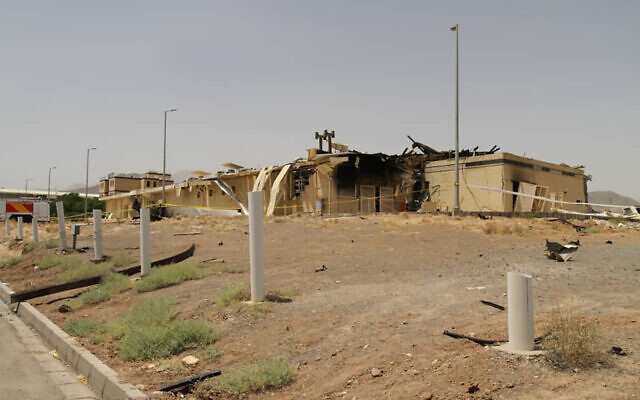
The New York Times also reported this week that Israel carried out an assassination of Al-Qaeda No. 2 in Tehran in recent months at the behest of the US.
The report highlights fears that Trump could seek to dramatically influence events in his final few weeks in office (even though he has not conceded the election) in a bid to tie US President-elect Joe Biden’s hands on issues like Iran.
Israel’s Ambassador to the US Ron Dermer warned Monday that it would be a “mistake” for the incoming administration to reenter the Iran nuclear deal, as Biden pledged to do during the campaign.
“I think it would be a mistake and hopefully he will look at the Middle East as it is, he will see the benefits of [the normalization] process, of how he can continue that process, and I think to not go back into the same deal,” Dermer said during a panel with his Emirati and Bahraini counterparts in Washington hosted by the Economic Club.
Dermer highlighted the Abraham Accords Israel signed with the UAE and Bahrain against the backdrop of their common opposition to Iranian conduct in the region and appeared to suggest that building a more united front against Tehran would be more beneficial than trying to negotiate with the Islamic Republic.
He maintained that both Israel and Arab states opposed the 2015 multilateral agreement known as the Joint Comprehensive Plan of Action (JCPOA), and that their views should have been taken into consideration by the Obama administration at the time.
The nuclear deal was signed by the United States, Germany, France, Britain, China and Russia, but Trump withdrew from it. Nevertheless, he has said he expects Iran to abide by the limits set.
The IAEA reported in a confidential document distributed to member countries and seen by The Associated Press last week that Iran as of November 2 had a stockpile of 2,442.9 kilograms (5385.7 pounds) of low-enriched uranium, up from 2,105.4 kilograms (4,641.6 pounds) reported on August 25.
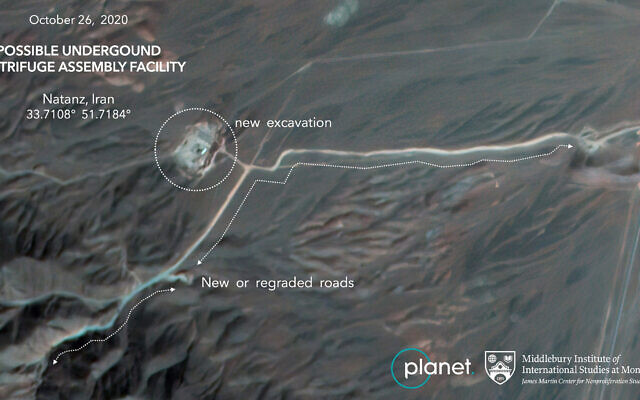
The nuclear deal allows Iran only to keep a stockpile of 202.8 kilograms (447 pounds).
The IAEA reported that Iran has also been continuing to enrich uranium to a purity of up to 4.5%, higher than the 3.67% allowed under the deal.
Wednesday’s report confirmed that, in line with previous statements by Iranian officials, centrifuges had been installed at an underground part of the Natanz nuclear facility after another part of the site was damaged in an explosion in July which Iran blamed on “sabotage.”
Iran has openly announced all violations of the nuclear deal in advance, which have followed the decision by the US to pull out unilaterally in 2018.
The deal promised Iran economic incentives in exchange for the curbs on its nuclear program. Since the US withdrawal and imposition of new sanctions, Tehran has been putting pressure on the remaining parties with the violations to come up with new ways to offset the economy-crippling actions by Washington.
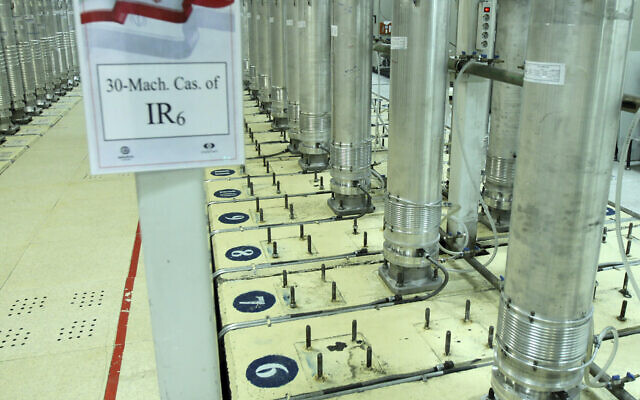
At the same time, the Iranian government has continued to allow International Atomic Energy Agency inspectors full access to its nuclear facilities, a key reason the countries that remain parties to the JCPOA say it’s worth preserving.
The goal of the agreement is to prevent Iran from building a nuclear weapon, something the country insists it does not intend to do.
A widely cited analysis by the Washington-based Arms Control Association suggests that Iran now has more than double the material it would need to make a nuclear weapon. However, IAEA Director General Rafael Grossi told The Associated Press in an interview last month that his agency does not share that assessment.
Before agreeing to the nuclear deal, Iran enriched its uranium up to 20% purity, which is a short technical step away from the weapons-grade level of 90%. In 2013, Iran’s stockpile of enriched uranium was already more than 7,000 kilograms (7.72 tons) with higher enrichment, but it didn’t pursue a bomb.
In the quarterly report distributed to members on Wednesday, the IAEA said it still has questions from the discovery last year of particles of uranium of man-made origin at a site outside Tehran not declared by Iran.
The United States and Israel had been pressing the IAEA for some time to look into the Turquzabad facility, which Prime Minister Benjamin Netanyahu described to the UN in 2018 as a “secret atomic warehouse.”
In the current report, the IAEA said the “compositions of these isotopically altered particles” found there were “similar to particles found in Iran in the past, originating from imported centrifuge components.” It said it found Iran’s response to questions last month “unsatisfactory.”
“Following an assessment of this new information, the agency informed Iran that it continues to consider Iran’s response to be not technically credible,” the IAEA wrote this week. “A full and prompt explanation from Iran…is needed.”
As reported by The Times of Israel
